University of Rochester Memorial Art Gallery, Catalogue of an Exhibition of Portraitures of James McNeill Whistler ([Rochester, N.Y.] Priv. print., 1915). Graphic Arts: Reference Collection (GARF) ND237.W6 R6
The title page of this James McNeill Whistler (1834-1903) exhibition catalogue holds the collector’s mark, “From Whistleriana of Elmer Adler.” A further look reveals this is copy no. 1 of an edition of 130, printed on hand-made paper by the Craftsman press of Rochester, New York. Princeton’s volume is heavily extra-illustrated with mounted or tipped-in correspondence, prints, drawings, and photographs of the works in the exhibition.
The curator and major lender of the show was 34 year old Elmer Adler. In the early years of the 20th century, Adler was living in Rochester and well-known for his collecting interests. The local university art gallery tapped him several times to exhibit his holdings.
In 1915, Adler was asked to prepare an exhibition of portraits of the American artist J. M. Whistler, one part of his larger Whistleriana collection. What followed was a great deal of personal correspondence, research notes, and reproduction inquiries. When the show was complete and the catalogue printed, Adler gathered all the paperwork together and had it bound with the catalogue into one unique, extra-illustrated edition, now part of Princeton’s graphic arts collection.


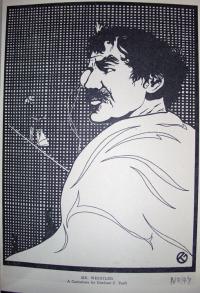
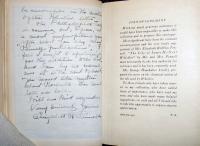

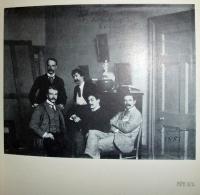
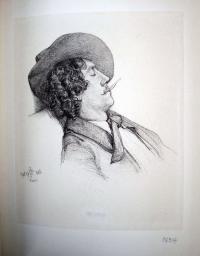


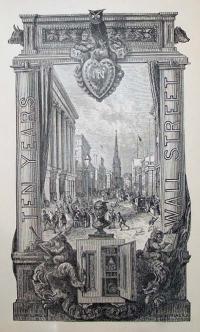
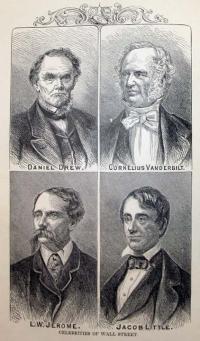
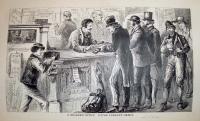

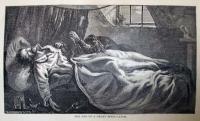
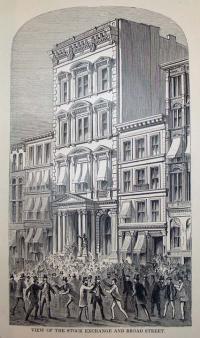

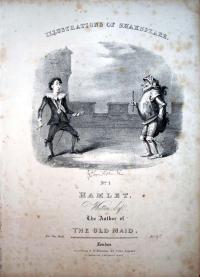

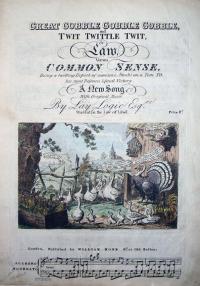

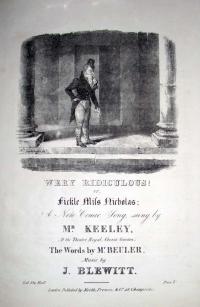
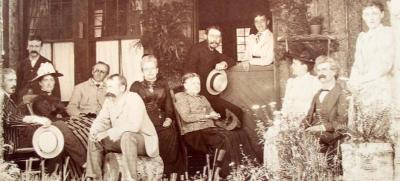


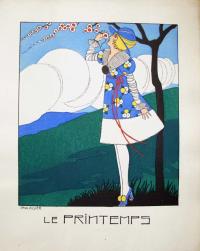
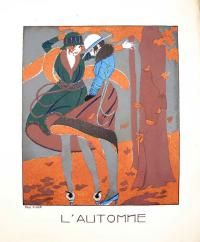

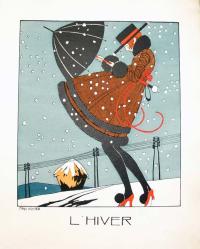

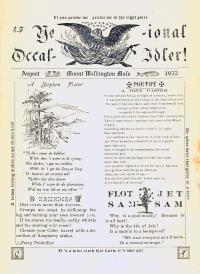


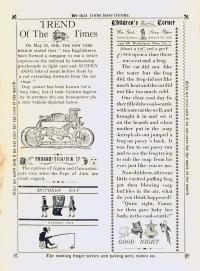



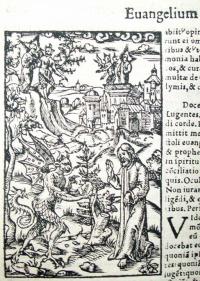

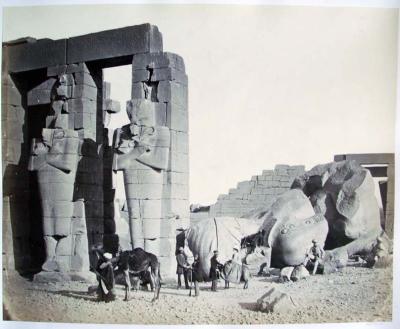


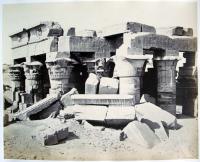
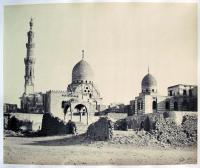
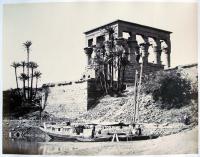


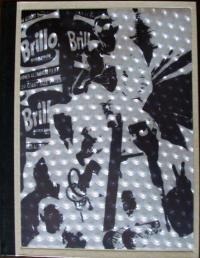


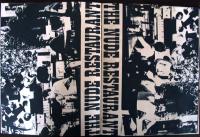
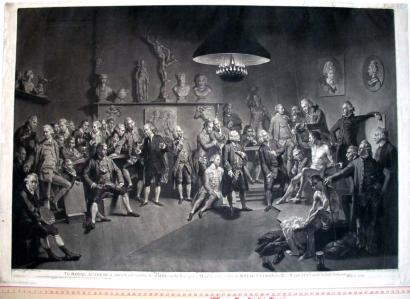
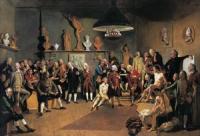
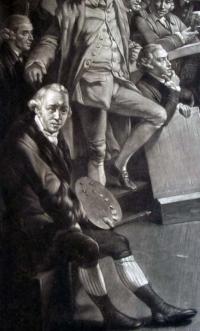
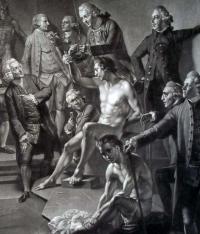
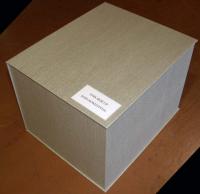
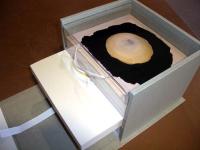
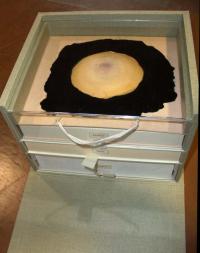
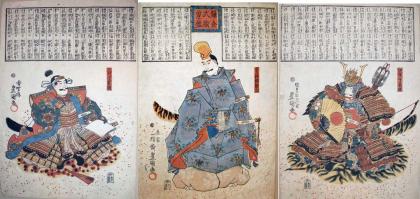
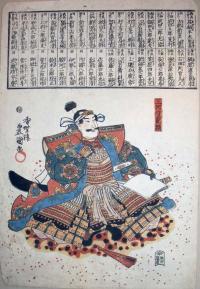

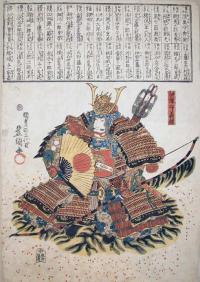
Recent Comments